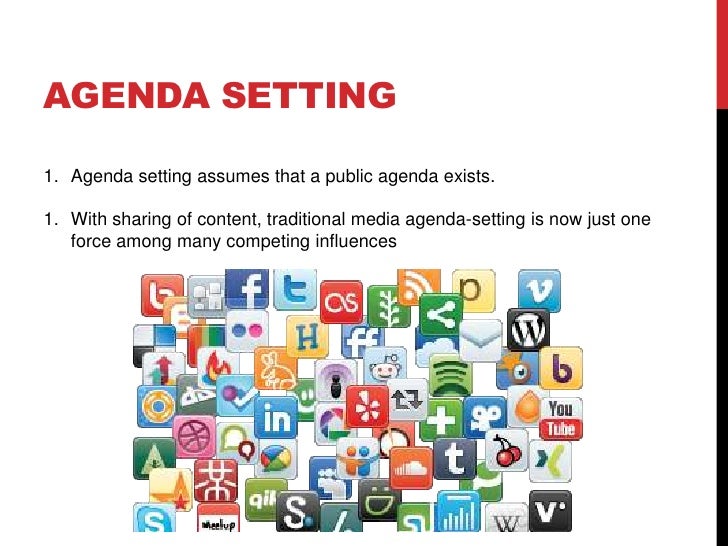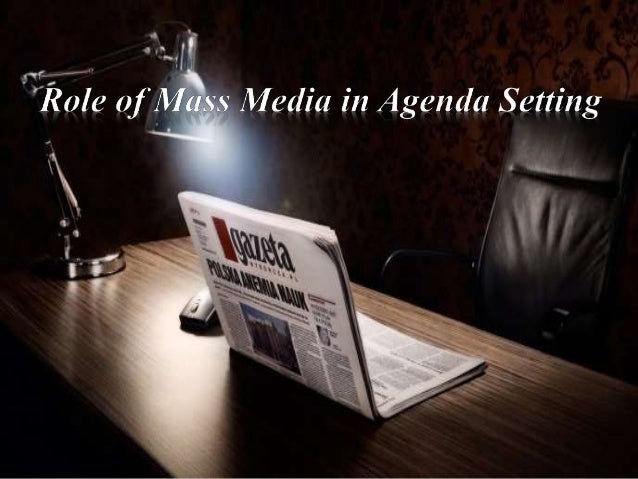

According to Lippmann, the public responds not to actual events in the environment but to “the pictures in our heads,” which he calls the pseudo-environment: “For the real environment is altogether too big, too complex, and too fleeing for direct acquaintance. Without using the term "agenda-setting", Walter Lippmann was writing about what we today would call "agenda-setting". In that chapter, " The World Outside And The Pictures In Our Heads", Lippmann argues that the mass media are the principal connection between events in the world and the images in the minds of the public. The history of study of agenda-setting can be traced to the first chapter of Walter Lippmann's 1922 book, Public Opinion. ( March 2023) ( Learn how and when to remove this template message) Relevant discussion may be found on the talk page.

This section possibly contains synthesis of material which does not verifiably mention or relate to the main topic. That is, if a news item is covered frequently and prominently, the audience will regard the issue as more important. The theory also suggests that media has a great influence to their audience by instilling what they should think about, instead of what they actually think. By comparing the salience of issues in news content with the public's perceptions, McCombs and Shaw determines the degree to which the media sways public. McCombs and Shaw demonstrated a strong correlation between one hundred Chapel Hill residents' thought on what was the most important election issue and what the local news media reported was the most important issue. Donald Lewis Shaw in a study on the 1968 presidential election deemed "the Chapel Hill study". The theory was formally developed by Maxwell McCombs and Donald Shaw in a study on the 1968 presidential election, which found a correlation between the issues covered by the media and the issues perceived as important by the public.Īgenda-setting theory was formally developed by Dr. The theory was first introduced by Walter Lippmann in the 1920s and further developed by Bernard Cohen in the 1960s. Agenda-setting has phases that need to be in a specific order in order for it to succeed.

The evolution of agenda-setting and laissez-faire components of communication research encouraged a fast pace growth and expansion of these perspectives. The agenda-setting by media is driven by the media's bias on things such as politics, economy and culture, etc. Nations judged to be endowed with more political power receive higher media exposure. The study of agenda-setting describes the way media attempts to influence viewers, and establish a hierarchy of news prevalence. The theory suggests that the media has the ability to shape public opinion by determining what issues are given the most attention, and has been widely studied and applied to various forms of media. ( December 2022)Īgenda setting describes the "ability (of the news media) to influence the importance placed on the topics of the public agenda".

The reason given is: Most of the article contents are not summarized in the lead. Please consider expanding the lead to provide an accessible overview of all important aspects of the article. This article's lead section may be too short to adequately summarize the key points.


 0 kommentar(er)
0 kommentar(er)
